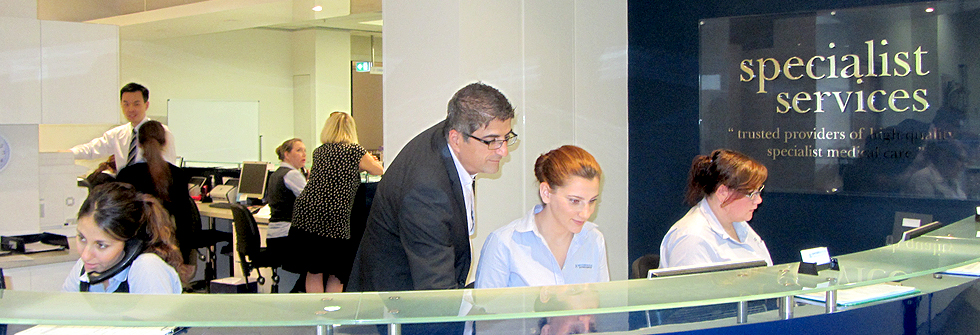An incisional hernia occurs when abdomen muscle has been weakened by previous surgery, thus allowing the abdominal tissue to protrude through the weak point. Once this happens, the hernia emerges as a swelling beneath the skin, and could be sensitive or painful when touched. Incisional hernia normally results from incompletely-healed surgical wounds on the abdomen which could result from a number of factors which include infection, seroma or haematoma. This kind of hernia is usually small only allowing the abdominal cavity lining or the peritoneum to protrude. However, parts of organs are also likely to protrude through the muscle opening in severe cases.
The distinction between laparoscopic and open treatment is in how the defect is accessed and exposed. In open repair procedure, the incision of the abdominal wall is done over the defect. The interruption of the surrounding tissue during the procedure can lead to obstruction of blood vessels leading to loss of blood. In case large openings are made, there are high possibilities that hematomas, seromas and wound infections could result.
On the other hand, laparoscopic ventral procedure includes the use of special surgical equipment to make small incisions. A videoscope and a TV are also employed during the procedure to monitor the repair process. This procedure minimizes the risk of accessing scar tissue from previous operations and the organs since only a small incision is made in a carefully chosen location on the abdominal wall. Other tiny incisions could be made during this incisional hernia repair as may be deemed reasonable and based on the scar tissue present and how well they are visible.
A laparoscope is slotted in through a small hollow tube and this along with the television camera enables the surgeon to see the hernia from within. Additional small incisions will also be made for insertion of extra apparatus to eliminate any scar tissue. These incisions also help in the insertion of surgical screen inside the abdomen. This patch is set beneath the hernia defect attaching in on the firm abdominal wall tissues. The surgeon uses the pitch to support the worn-out parts of the abdominal wall thus preventing hernia recurrence.
Dr El-Khoury will discuss the operation detailing the indications, the risks and the benefits of the surgery and will also supplement his discussions with the Royal Australasian College of Surgeons information on the surgery.



